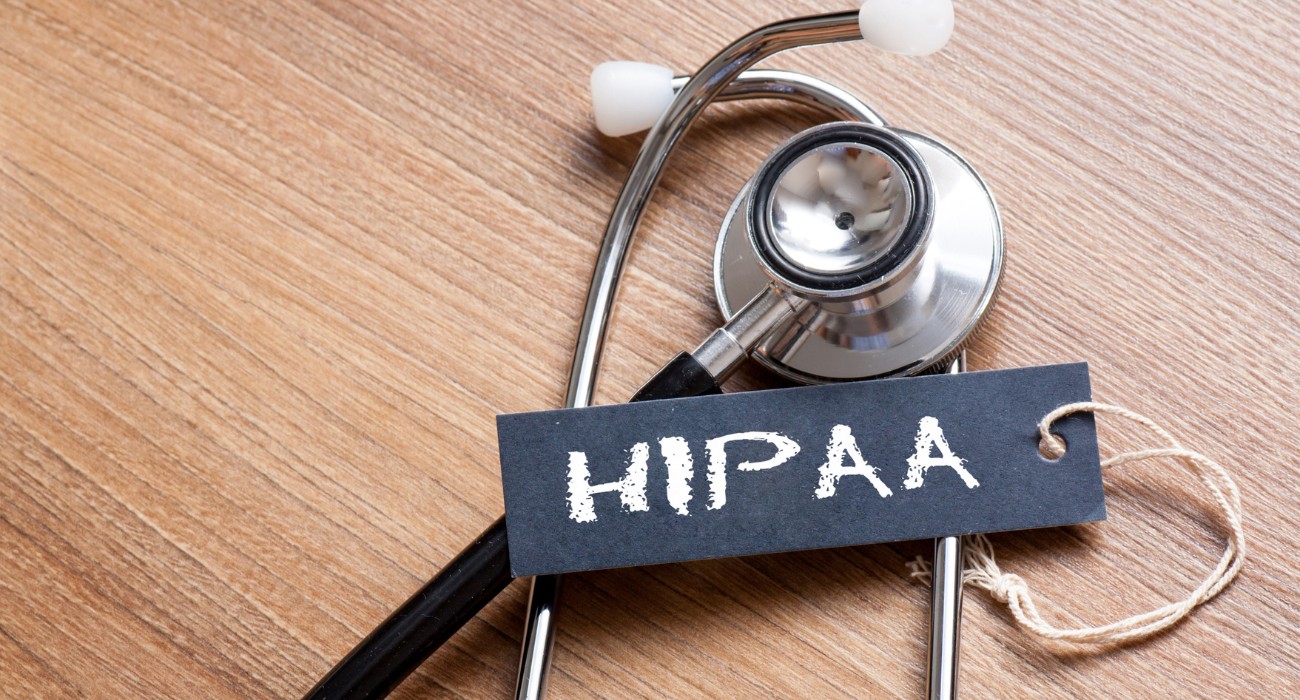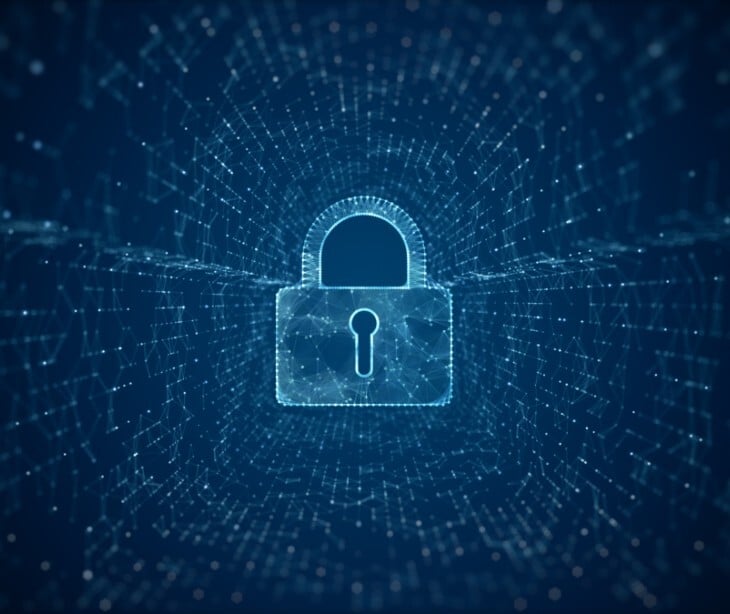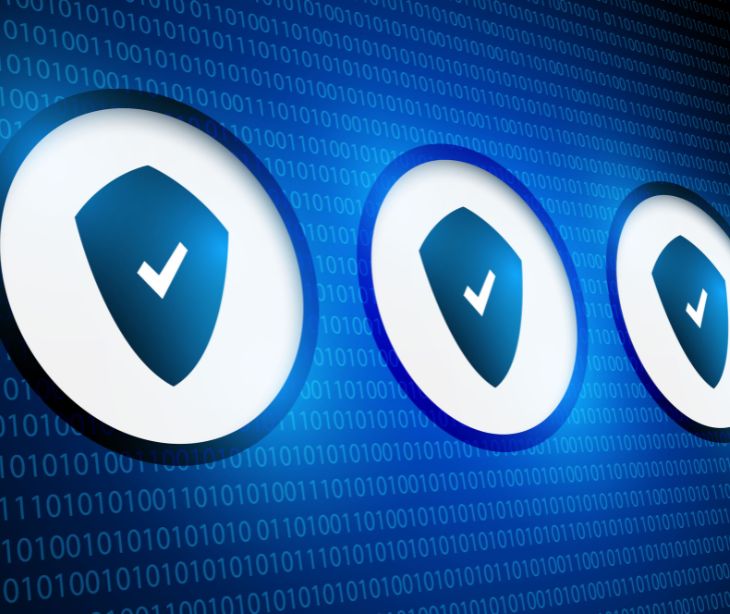
The Privacy Rule, a core aspect of HIPAA, is crucial in the digital age, where the risk of breaches and misuse of health information is ever-present. As healthcare providers and organizations increasingly rely on electronic communication, understanding the Privacy Rule is necessary to ensure compliance and protect patients' rights.
The basics:
The Privacy Rule is a key part of the Health Insurance Portability and Accountability Act (HIPAA), enacted in 1996 to protect individuals' health information (PHI) while allowing for efficient exchange between covered entities.
Scope:
The Privacy Rule applies to healthcare providers, health plans, and healthcare clearinghouses (covered entities), as well as their business associates who handle PHI on their behalf.
PHI defined:
Protected Health Information (PHI) includes any identifiable health data created, received, or maintained by a covered entity or business associate, such as medical records, billing information, and health plan enrollment details.
Related: HIPAA Compliant Email: The Definitive Guide
Use and disclosure:
Covered entities may use or disclose PHI without individual authorization for treatment, payment, healthcare operations, and certain public health, research, and law enforcement purposes, among others.
Related: Reproductive health data isn't always protected under HIPAA
The minimum necessary principle:
The Privacy Rule requires covered entities to limit PHI use, disclosure, and requests to the minimum amount necessary to accomplish the intended purpose, except for treatment purposes.
Individual rights:
The Privacy Rule grants individuals the right to access, request amendments to, and obtain an accounting of disclosures of their PHI. Individuals may also request restrictions on PHI use and disclosure.
Notice of privacy practices:
Covered entities must provide a Notice of Privacy Practices:
- Informing individuals about how their PHI is used and disclosed.
- Outlining their rights with respect to PHI.
Admin requirements:
The Privacy Rule mandates the designation of a privacy officer, workforce training, and developing and implementing privacy policies and procedures for covered entities.
Security & breaches:
The HIPAA Security Rule focuses on safeguarding electronic PHI (ePHI) through technical, administrative, and physical safeguards. The Breach Notification Rule outlines requirements for notifying affected individuals, the OCR, and the media (if applicable) in the event of a PHI breach.
Enforcement and penalties:
The Office for Civil Rights (OCR) enforces the Privacy Rule, and non-compliant entities may face civil monetary penalties or criminal charges, depending on the nature and extent of the violation.
Why it matters:
The Privacy Rule's provisions are crucial in maintaining patient trust and confidence in the healthcare system by ensuring the privacy and security of their sensitive health information. In an era of rapidly advancing technology and increasing cybersecurity threats, compliance with the Privacy Rule helps safeguard patient data and minimize the risk of breaches.
Go deeper:
Subscribe to Paubox Weekly
Every Friday we'll bring you the most important news from Paubox. Our aim is to make you smarter, faster.

 Dean Levitt
Dean Levitt



